Seven STEM Wonders of the Museum World
Today is International Museum Day (IMD), a day to celebrate museums and all that they have to offer. Museums around the world mark the day with special exhibits and exciting events aimed at educating the public about the important role museums play in society. But if you think that museums are only about ancient pottery or fine art, think again. IMD celebrates all the wonderful collections and exhibits around the world, and we're getting in on the festivities by counting down some of the most inspiring science and technology museums across the globe.
- Student Tips
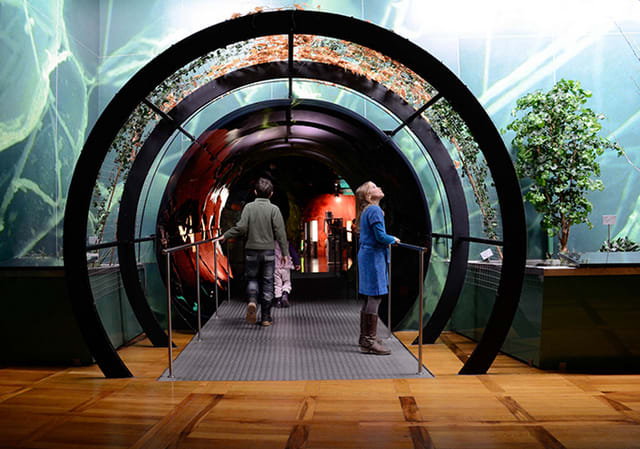
International Museum Day was founded in 1977 to communicate to the world that “Museums are an important means of cultural exchange, enrichment of cultures and development of mutual understanding, cooperation and peace among peoples.” And while most people associate museums with ancient history and art, museums are a lot more than receptacles for old things. Science and Technology museums throughout the world give visitors a chance to learn about and interact with some of the most important, ground-breaking, and breath-taking achievements of mankind. So, without further ado and in no particular order, here are seven of the most inspiring science and technology museums around the world. They're must-sees for STEM and humanities students alike!
1. Deutsches Museum in Munich, Germany

The Deutsches Museum is one of the oldest science and technology museums in the world. It was founded in 1903 and now houses 66,000m2 of exhibits dedicated to scientific endeavors. The museum is enormous, and its extensive collections require more than a single visit to appreciate. In fact, the museum recommends concentrating on specific attractions and offers expert-guided tours to help visitors access the information exhibits. But that doesn't mean you need to be a scientist to enjoy a visit to the Deutsches Museum. There are resources, tours, and seminars geared towards children, adults, professionals, and students, and the museum's DNA Visitors' Laboratory gives guests the chance to do their own experiments.
2. National Air and Space Museum in Washington D.C., USA
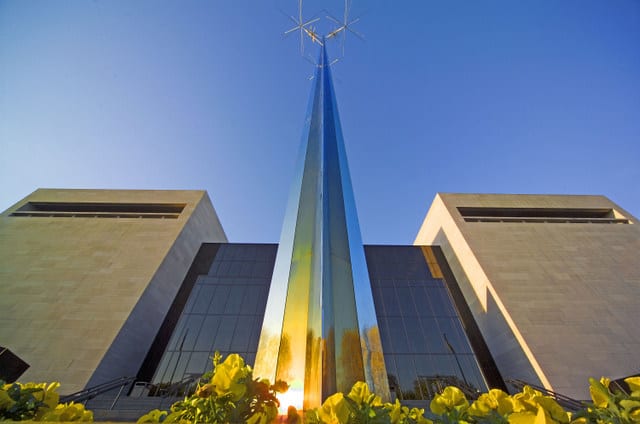
In 1946, American President Harry Truman established the Smithsonian's National Air Museum to celebrate aviation technology and innovators. In 1976, the museum was reimagined as the Air and Space Museum, and now houses aircraft, spacecraft, and more than 60,000 items associated with aeronautics. Exhibits include the Wright Flyer, the Apollo 11 Command Module Columbia, and other notable pieces of aviation history. But the museum isn't just retrospective. The National Air and Space Museum is also home to on-going research in aeronautics, earth and planetary science, and space history, which means that visitors have the opportunity to see and interact with science in the making.
3. Science and Technology Museum in Shanghai, China

The Shanghai Science and Technology Museum may not be very old, but it's impressive collections and inspiring vision belie wisdom beyond years. The museum opened in 2001 and now welcomes between 2-3 million visitors per year. Guests can wander through more than a dozen exhibition halls that house collections ranging from animal life to robotics. In addition to general science and technology features, the museum has three galleries devoted to Chinese science and technology. But that doesn't mean the museum focuses on China or even Asia. Recent special exhibits included a film exploration of the North American Great Lakes, an African wildlife display, and a special forum on global climate change.
4. Ontario Science Centre in Toronto, Canada
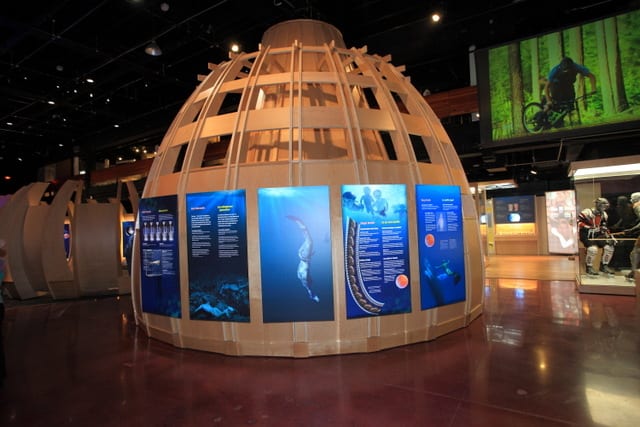
The Ontario Science Centre aims to inspire “a lifelong journey of curiosity, discovery and action to create a better future for the plant.” The museum works to engage visitors with exhibits and challenges them to question and explore. Exhibits include the interactive Science Arcade, The Living Earth where visitors can explore a rainforest and other natural wonders, and the introspective 'A Question of Truth' gallery which asks guests to reassess their assumptions. The Centre also features an impressive planetarium and an IMAX theater. And if that wasn't enough, students can spend a semester at the Centre's school where they can earn secondary school science credits!
5. National Museum of Emerging Science and Innovation in Tokyo, Japan
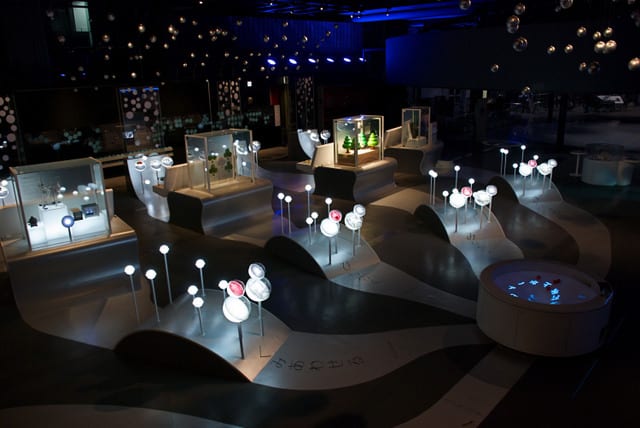
This iconic Tokyo museum, known simply as Miraikan, opened in 2001 to “fulfill Japan's aim of becoming a scientifically and technologically creative nation.” The museum serves to stimulate research and interest into science and technology and is divided into three permanent exhibits – Explore the Frontiers, Create your Future, and Discover your Earth. The combine the expertise of science and engineers and give visitors a chance both to explore and question the role of science and technology in society. There's even an Opinion Bank where guests can contribute to the scientific conversation. And it shouldn't be too surprising to find that recent special exhibits included an in-depth exploration of the past, present, and future of video games, and a special exhibition analyzing ninja skills from a scientific perspective.
6. Heureka Finnish Science Centre in Helsinki, Finland
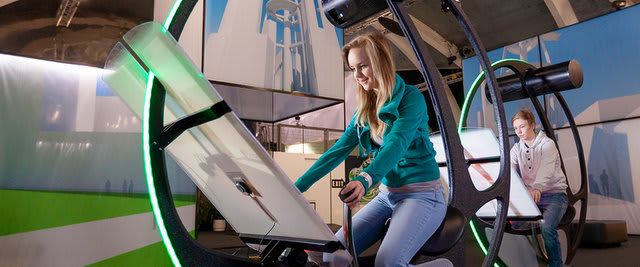
At the Heureka Finnish Science Centre visitors can practice winter sports, watch rats play basketball, explore risk and probability in the electric roulette, interact with a digestive tract, and mint their own coin. In fact, the Centre has something for everyone – including a frank discussion of the human aging process. Heureka boasts Europe's most modern digital planetarium. Visitors can hear the shows in Finnish, Swedish, English, and Russian. Current offerings include films about dark matter, moths, and trees. And if visitors exhaust the Centre's extensive indoor exhibits, there's always the Science Park Galilei, which features a bedrock exhibition and a garden based on Linnaean plant classifications.
7. Quito Astronomical Observatory in Quito, Ecuador
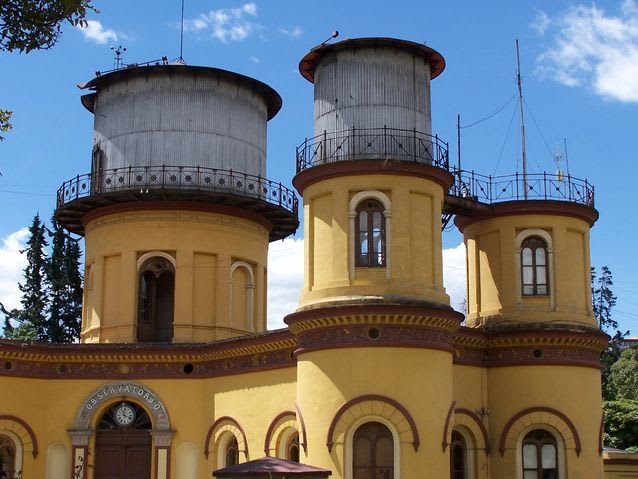
The Observatorio Astronómico de Quito was established in 1873, making it one of the oldest in South America. It's now part of the National Polytechnic School and serves as a research institute in astronomy and atmospheric physics. The Observatory houses an impressive collection of nineteenth-century scientific instruments and visitors can learn about the history of astronomy and on-going research in the field. They are also invited to observe stars, planets, and constellations during night-time sessions in the Observatory. The Observatory's mandate is education and works to train young researchers and scientists for roles within the global scientific community, and Ecuador's geographic location gives researchers a chance to gather unique data on solar-physics.


